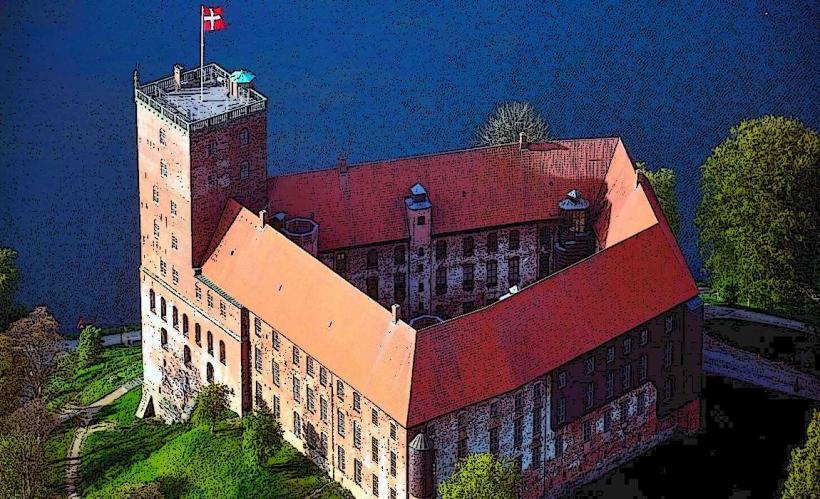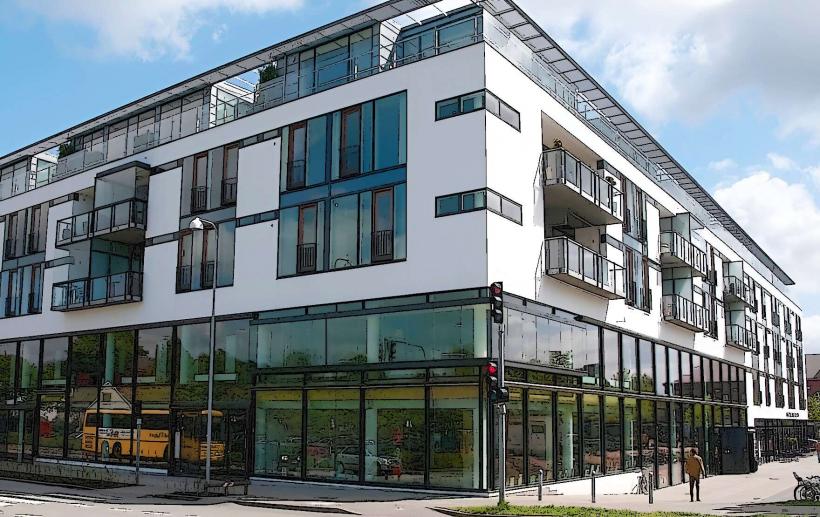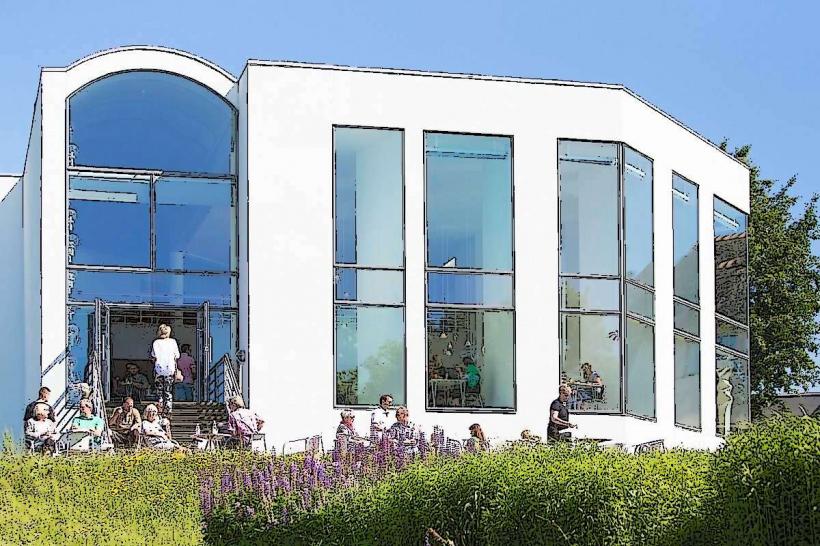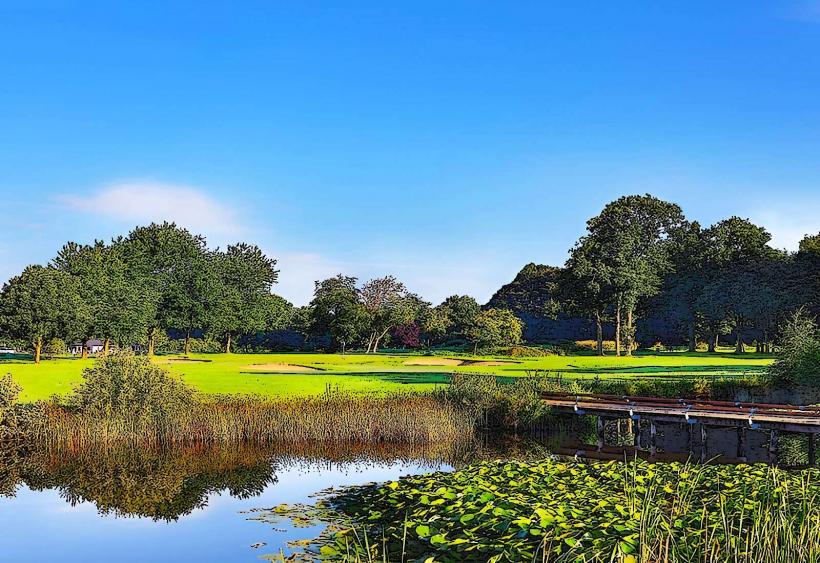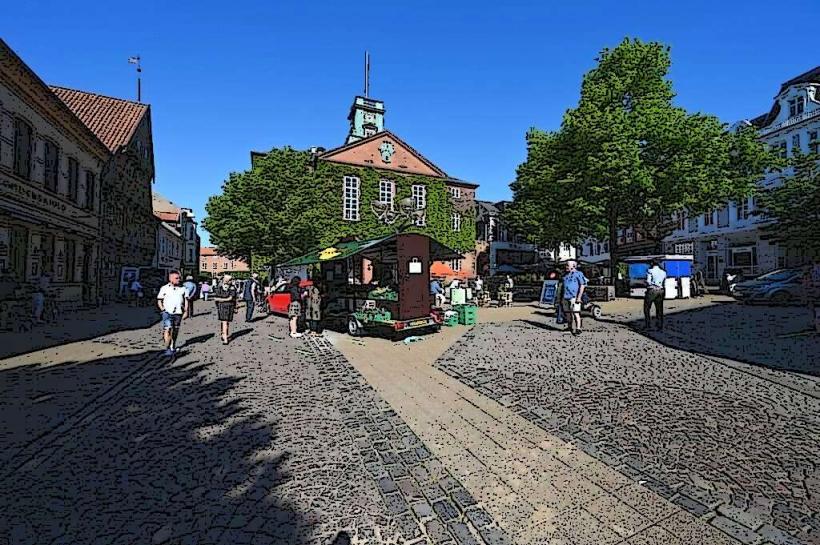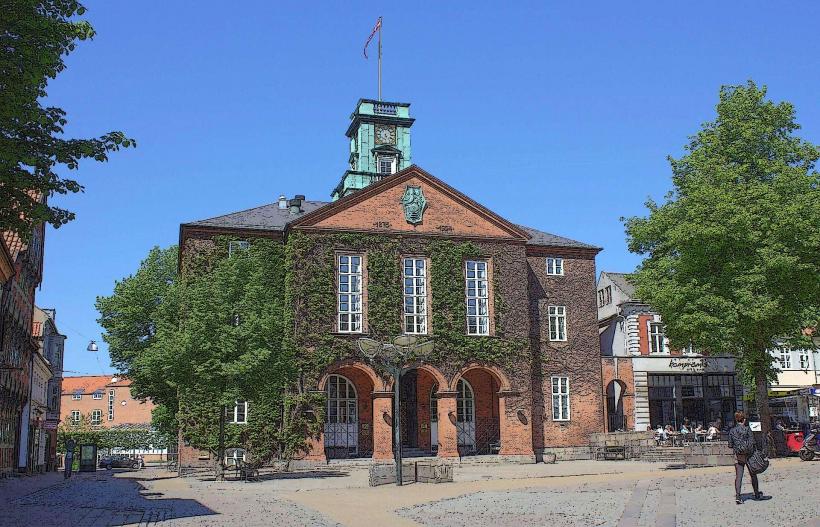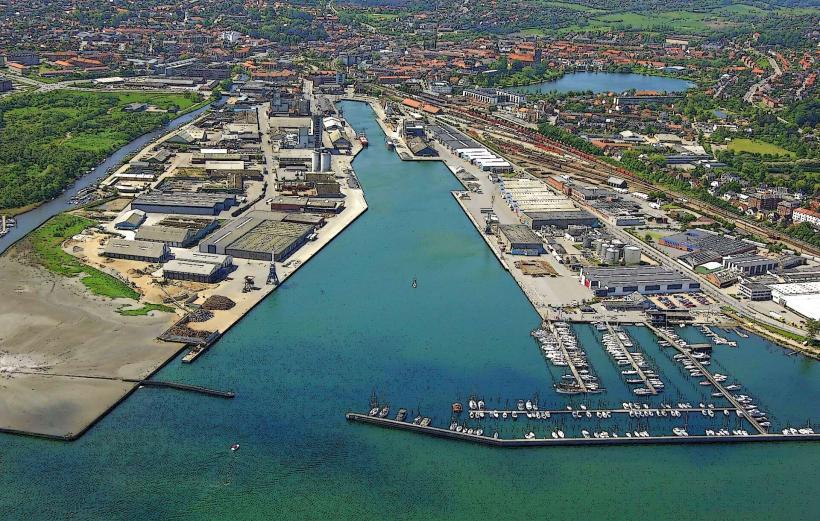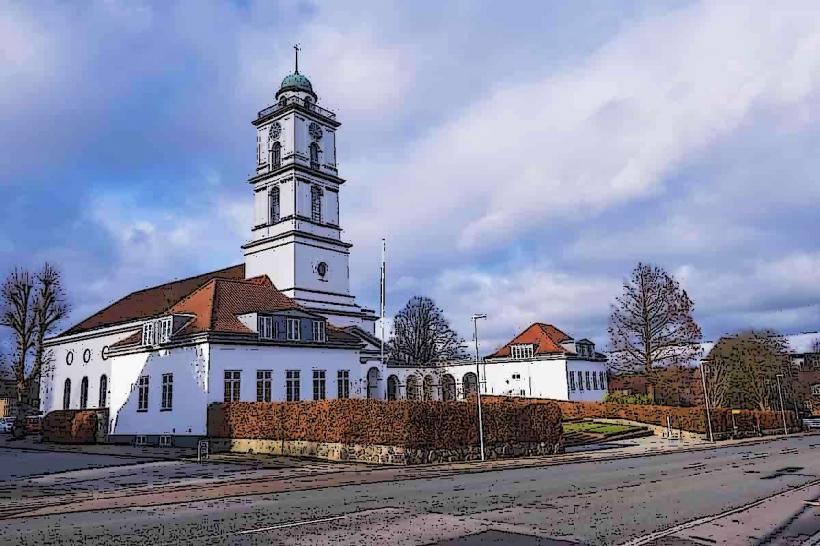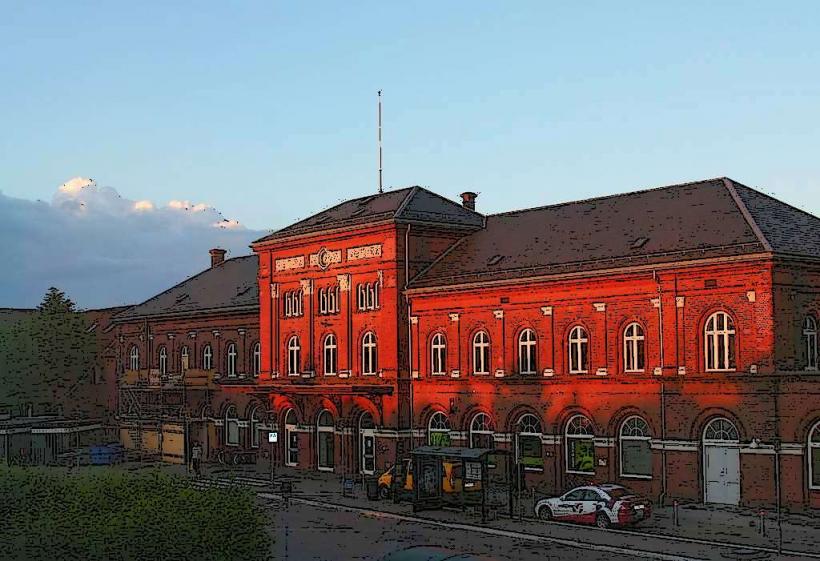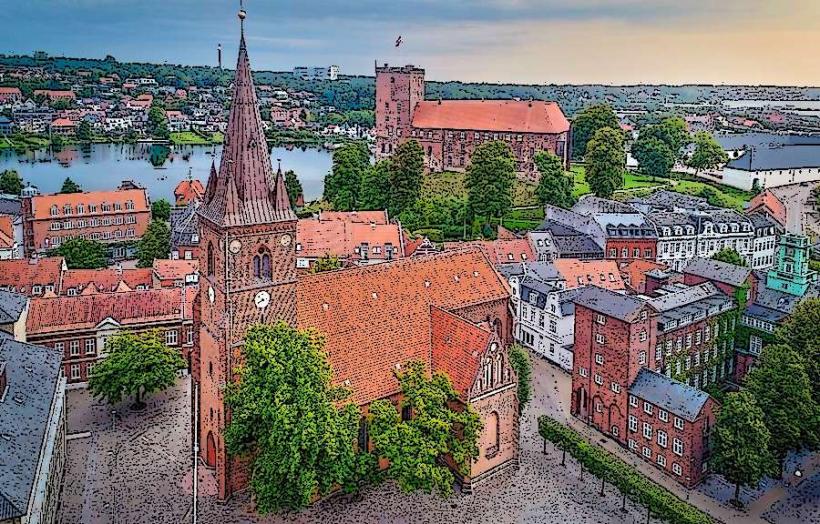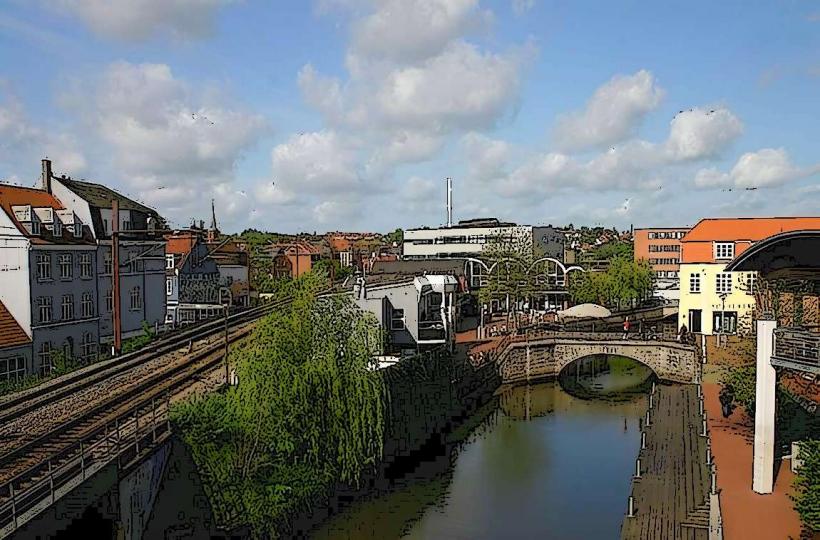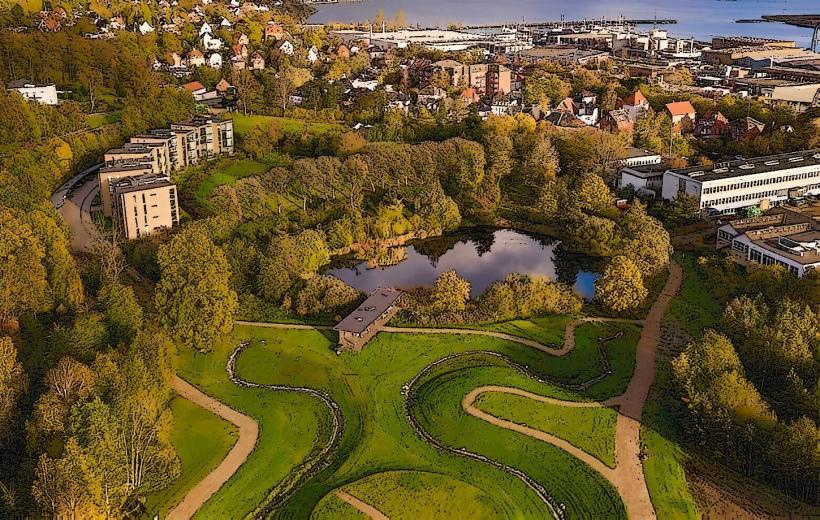Information
Landmark: Geografisk Have (Geographic Garden)City: Kolding
Country: Denmark
Continent: Europe
Geografisk Have (Geographic Garden) is a unique botanical garden located in Kolding, Denmark. It is a special type of garden that focuses on showcasing plants from different parts of the world, arranged according to their geographical regions. The garden is a popular destination for nature enthusiasts, gardeners, and tourists, offering a beautiful and educational experience in a peaceful setting. Here’s a detailed look at the Geografisk Have:
History and Background
Foundation and Purpose: The Geografisk Have was founded in 1987 by Erik Jespersen, a Danish horticulturist, with the vision of creating a garden that would bring together plants from various regions of the world and display them in geographical sections. The idea behind the garden was to educate visitors about the diversity of plant life across the globe and demonstrate how different plants thrive in different climates and conditions.
Development: Over the years, the garden has grown both in size and scope, incorporating a wide range of plant species from all continents. It has become an important educational and cultural space, offering visitors a chance to explore global biodiversity in a single location.
Layout and Design
Geographic Zones: The garden is divided into several sections, each representing a different geographical region or climatic zone. Some of the primary areas of the garden include:
- European Garden: Showcasing a variety of plants native to Europe, including Mediterranean and temperate species.
- Asian Garden: Featuring plants from countries across Asia, with a focus on regions such as Japan, China, and the Himalayas.
- North American Garden: Presenting plants from North America, including native species from the United States and Canada.
- South American Garden: Home to plants from South America, particularly species from tropical and subtropical climates.
- African Garden: A section dedicated to African flora, featuring plants from regions like the savannas, deserts, and rainforests.
- Oceania and Australian Garden: This area focuses on plants from Australia and the Pacific Islands, highlighting the unique flora of these regions.
Plant Collections: The garden hosts a diverse collection of plants, including trees, shrubs, flowers, and herbs. The collection is constantly evolving as new plants are added and cultivated. Visitors can expect to see both common and rare species, each chosen for its suitability to the garden's climate and the geographic zone it represents.
Key Features and Attractions
Climate Zones: The garden is designed to showcase how different plants adapt to various climates. There are areas dedicated to plants that thrive in dry, arid environments (such as desert plants), as well as those that prefer cooler or more temperate climates. This focus on climate zones helps visitors understand the relationship between geography and plant life.
Educational Significance: The Geografisk Have serves as an educational tool, not only for gardeners and plant lovers but also for students and researchers in fields such as botany, geography, and environmental science. The garden provides an opportunity to learn about global ecosystems, plant conservation, and the importance of biodiversity.
Themed Gardens: In addition to the geographic zones, there are often themed gardens or specific collections, such as medicinal plants, aromatic herbs, and flowering species that are important to various cultures around the world. These areas offer visitors the chance to explore how different cultures use plants in daily life, from culinary and medicinal purposes to religious and cultural symbolism.
Wildlife: The garden is not only home to a wide range of plants but also attracts various wildlife, including birds, insects, and small animals. The natural habitat created by the plants provides a haven for pollinators and other creatures, contributing to the overall ecosystem of the garden.
Seasonal Changes and Visitor Experience
Year-Round Interest: The garden is designed to offer visual interest throughout the year. Different plants bloom at different times, ensuring that there is always something new to see during each visit. In the spring and summer, visitors can enjoy the full array of colors and blooms, while in the autumn, the changing leaves and the garden's autumnal displays are a highlight. Even in winter, many of the garden's structural features, such as evergreen plants and seed heads, provide an intriguing landscape.
Relaxation and Exploration: The Geografisk Have is not only a place of learning but also one of relaxation. Visitors can wander through the various zones, taking in the sights, smells, and sounds of nature. The design of the garden encourages slow exploration, with pathways that lead visitors on an immersive journey through different parts of the world.
Events and Activities: The garden hosts various events throughout the year, such as seasonal flower exhibitions, educational workshops, and guided tours. These events provide opportunities for visitors to deepen their understanding of horticulture and environmental issues, as well as to engage with other like-minded individuals.
Sustainability and Conservation
Environmental Focus: The Geografisk Have places a strong emphasis on sustainability and conservation. Efforts are made to conserve water, reduce waste, and maintain a healthy environment for both plants and visitors. Many of the plants are chosen for their ability to thrive with minimal environmental impact, and the garden actively supports the conservation of endangered species.
Educational Outreach: The garden works closely with schools, universities, and environmental organizations to raise awareness about plant conservation and the need to protect biodiversity. By offering educational programs, the garden plays a vital role in promoting environmental stewardship and encouraging sustainable practices among visitors.
Visitor Amenities
Cafe and Shop: The garden includes a café where visitors can relax and enjoy a meal or a drink surrounded by nature. There is also a shop that sells plants, gardening tools, books, and souvenirs related to the garden’s themes.
Access and Facilities: The garden is easily accessible to visitors of all ages, including those with disabilities. It has wheelchair-friendly paths and other facilities designed to accommodate a wide range of visitors.
Conclusion
The Geografisk Have is a one-of-a-kind botanical garden that offers a fascinating and immersive experience, showcasing the world’s plant life in geographical sections. Its educational focus, diverse plant collections, and beautiful setting make it an excellent destination for nature lovers, gardeners, and anyone interested in global biodiversity. Whether you’re a local resident or a tourist, the garden provides a peaceful and enlightening escape into the natural world.

